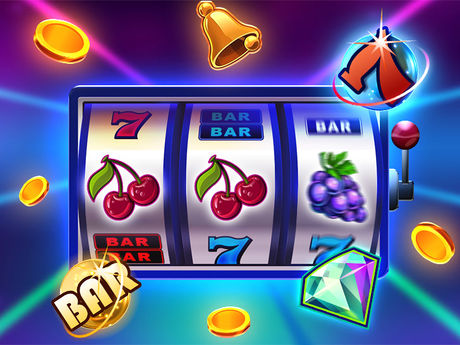
A slot is a narrow opening into which something can be fitted, for example, a hole into which coins can be dropped to make a machine work. It is also a term used to describe the place in a schedule or program when an activity will take place, such as booking a time slot at a museum visit. The term can also refer to the position of a player in a game of chance, such as being given a slot at the end of a lane on an ice hockey rink.
When playing slots, it is important to understand the odds of winning and losing. The odds are not as simple as one might think, and understanding them can help players make more informed decisions about their betting strategy. Many people believe that they can improve their chances of winning by choosing a certain number of pay lines to bet on, but this is often not the case.
Whether you’re looking to try your luck at a new online casino or simply check out the latest slot games, there are plenty of options available. Most iGaming providers have mobile-optimized websites, and they offer an array of payment methods that make it easy to play from any device. Additionally, many iGaming operators host live events where players can win big prizes.
There are many benefits to playing slot machines, but it’s important to remember that gambling is a risky activity. No matter what type of machine you’re playing, there’s always a possibility that you will lose money. This is why it’s so important to set a budget before you begin playing. If you’re unsure how to do this, ask an expert for advice.
The first step in learning how to play slots is to familiarize yourself with the different types of machines. Each machine has its own unique layout and features, and it’s important to find the one that suits your preferences. There are several factors to consider when choosing a slot, including the amount of symbols and the number of reels. In addition, the payout system and bonus features are different for each type of machine.
In modern slot machines, the machine’s microprocessor assigns a different probability to each symbol on each reel. This allows for a huge number of possible combinations, but it also makes it more difficult for players to track their progress because some symbols appear more frequently than others. The resulting confusion can lead to the impression that the machine has hit on a winning combination when, in reality, it has not.
The pay table of a slot machine lists all of the available symbols and how much you can win for landing three, four or five matching symbols on a pay line. This information will also indicate any special symbols that may be included in the game, such as the Wild or Scatter symbol. The pay tables of most slot games will also have a brief description of the game’s rules and any special features.